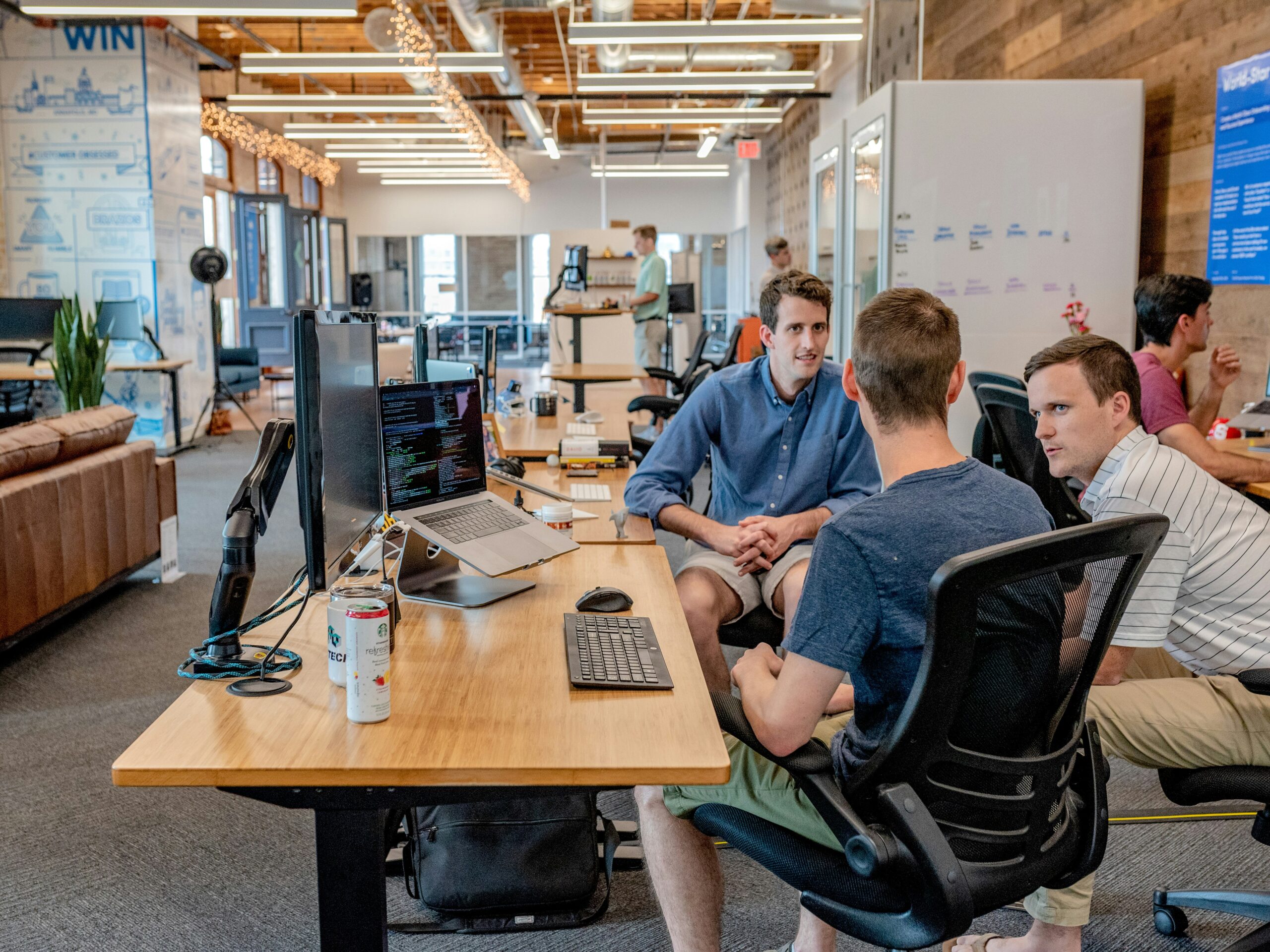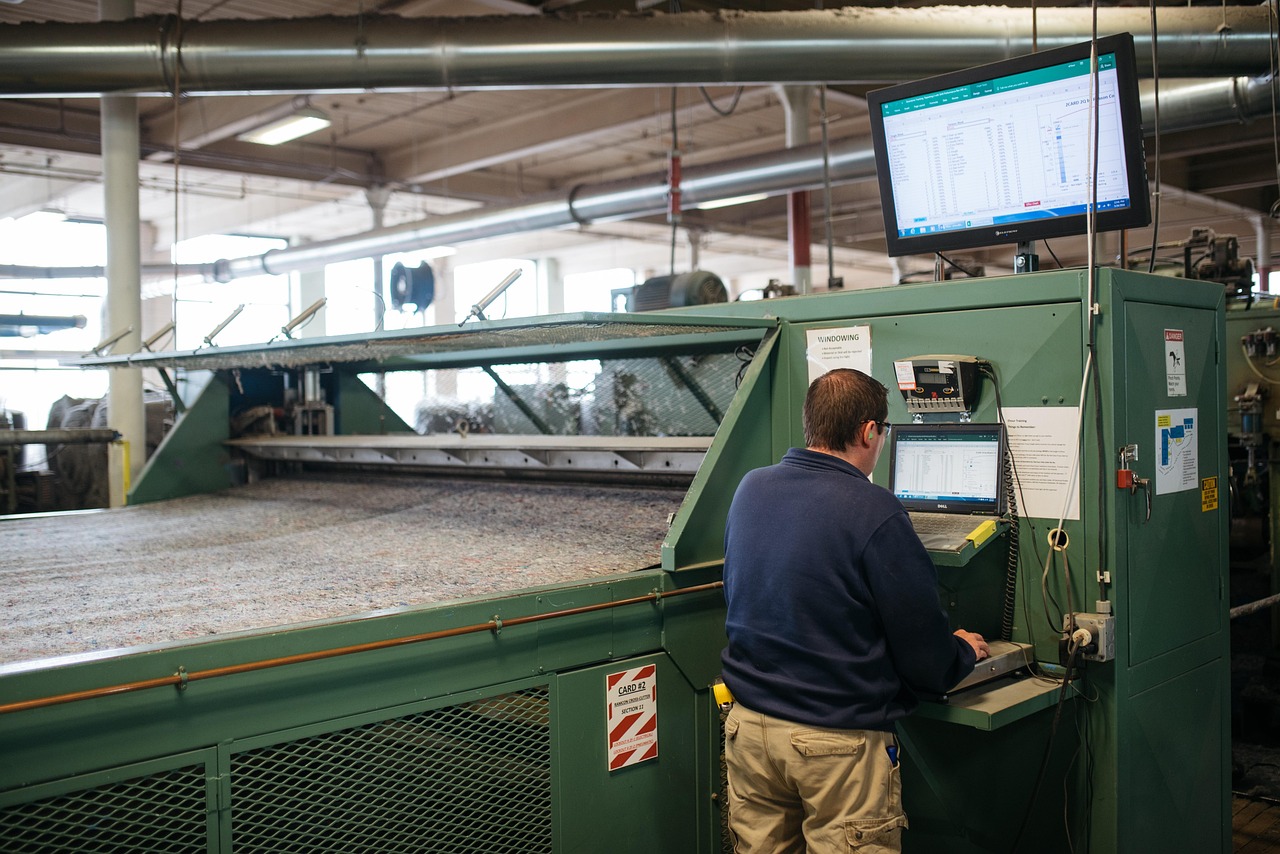Exploring Digital Twins: A Guide to What They Are and Why They Matter for Your Business

You’ve probably heard about digital twins and have wondered if it’s another tech trend or if it really has value. Digital twins aren’t just a fad; they’re changing how businesses operate. Whether you’re in manufacturing, healthcare, supply chain management, or even sports, a digital twin brings a whole new level of insight and efficiency to operations. I’ll explain the basics behind what digital twins actually are, why businesses are excited about them, and how they can create real value.
So, What Exactly is a Digital Twin?
A digital twin is a virtual “twin” of a physical asset, like a machine or even an entire production line. But it’s more than a simple model; it’s a live digital version that updates in real time, fed by data from sensors attached to the real-world asset. You’re not just seeing a static image; you’re seeing a constantly updated digital version of it. This lets you monitor, test, and even predict how it will behave.
Unlike traditional simulations, digital twins are always changing because they’re connected to live data. This connection makes digital twins a dynamic view of assets or systems. Which provides businesses with a whole new level of information. It’s like a data-powered crystal ball, giving you insights and helping you make real-time decisions without needing to interact with the physical thing. For businesses, this means fewer risks, lower costs, and greater control over critical assets.
Why Businesses are Getting Serious About Digital Twins
The reason companies are turning to digital twins is because they give a level of control that’s hard to achieve otherwise. With a live digital version of a machine, system, or process, you can spot inefficiencies, predict issues, and make changes without disrupting operations. Imagine how valuable it would be to know when a machine might need maintenance. Instead of waiting for it to break down, you can address issues early, avoid downtime, and save money.
Digital twins also support innovation. By testing new ideas in a digital twin, businesses can see how changes might impact production, all without real-world risks. For example, a manufacturer might use a digital twin to simulate a new assembly process. If the twin shows positive results, they can confidently implement the change, knowing it will likely succeed. This level of experimentation encourages innovation and process improvements with a brand-new level of confidence.
How Companies are Already Using Digital Twins
Digital twins sound futuristic, but companies across various industries are already putting them to work. Here are some examples of how they’re used today:
- Manufacturing: Companies use digital twins to monitor and optimize machinery and production. For instance, a car manufacturer could use digital twins to test assembly line changes, helping them make better decisions faster.
- Supply Chain Management: Supply chains are complex and full of moving parts. Digital twins help by letting companies simulate logistics and identify potential problems. During the pandemic, digital twins helped companies model demand shifts and avoid bottlenecks.
- Healthcare: In healthcare, digital twins can model patient outcomes or manage hospital equipment. A digital twin of a patient allows doctors to predict health trends, making personalized treatment easier.
- Smart Cities: Urban planners use digital twins to manage infrastructure and services. With a digital replica of a city, they can test traffic patterns and energy use. This helps cities optimize resources and improve residents’ quality of life.
These examples show that digital twins bring real, practical benefits across various industries, helping them save time, reduce costs, and improve efficiency.
Another Practical Example: The Olympics
One of the most exciting applications of digital twins has been in the Olympics. As one of the biggest events in the world, the Olympics requires immense planning and coordination. Digital twins have been used to help both with the infrastructure and with athlete performance.
For the Tokyo 2020 Olympics, organizers used a digital twin of the city to model traffic flow, manage visitor numbers, and plan transportation routes. By simulating city traffic and transit operations, the Tokyo Olympic Committee could anticipate congestion points, optimize routes, and even adjust transportation schedules in real time. This was especially useful in Tokyo’s densely populated environment, where millions of residents and tourists needed to move smoothly across the city without overwhelming public transit or roadways.
During the Paris 2024 Olympics, digital twin technology brought a groundbreaking approach to sustainability and inclusivity in urban planning. Organizers created detailed digital replicas of Olympic venues, transit routes, and key public spaces to anticipate and manage resource use, energy efficiency, and crowd flow. Unlike previous games, Paris focused heavily on using digital twins to achieve ambitious environmental goals, including carbon reduction and sustainable energy use across event sites. The technology enabled planners to adjust operations in real time to reduce waste, conserve energy, and prioritize accessibility for visitors with disabilities. By using data-driven insights, the Paris Olympics set a new benchmark for eco-conscious, inclusive event management that aligned seamlessly with the city’s long-term sustainability vision.
The Olympics offer a perfect example of how digital twins can enhance both logistical and performance aspects of complex, high-stakes events. The technology allowed the Tokyo organizers to deliver a smoother experience for attendees. This application shows just how versatile digital twins can be, beyond traditional industries.
Financial and Operational Benefits of Digital Twins
Now onto the financial side. Investing in digital twins has upfront costs, but the long-term benefits are worth it. You’ll need IoT devices for data collection, software for managing the twin, and skilled staff for analysis. These costs can make digital twins seem expensive, but here’s why they’re often a smart investment.
Digital twins help reduce operating costs by catching issues early. For instance, a factory could avoid costly machine breakdowns by identifying issues before they become big problems. This leads to fewer breakdowns, less downtime, and significant savings. If one production line goes down, it can cost thousands per hour. By preventing this, digital twins often pay for themselves.
Beyond cost savings, digital twins optimize resources. They help companies reduce waste, improve energy efficiency, and cut maintenance costs. For example, digital twins can monitor when equipment needs servicing, extending its lifespan. When planning for ROI, it’s helpful to set clear goals—whether that’s reduced downtime, faster production, or lower energy use. Tracking these metrics shows real value from digital twins.
Challenges and Key Considerations for Digital Twin Implementation
Digital twins are powerful, but they come with challenges. One big concern is data privacy and security. Digital twins rely on data from physical assets, often including sensitive information. You’ll need strong data security to keep your digital twins safe from breaches.
Maintaining digital twins also requires regular updates and monitoring. You need continuous data feeds and skilled people to manage it. If your company uses older systems, integrating them with a digital twin can be tricky. Legacy systems might struggle to communicate with digital twin tech, so plan for potential upgrades.
Aligning your digital twin project with business goals is crucial. Without a clear purpose, digital twins can feel like a novelty. It’s important to set goals, whether for reducing costs, improving efficiency, or boosting customer satisfaction. Define these goals at the outset and set KPIs (Key Performance Indicators) to measure success. This focus keeps the project relevant and helps you track the results that matter most.
Why Digital Twins are Here to Stay
Digital twins are more than a passing trend. As AI and machine learning evolve, digital twins will become even more capable. Future twins could handle automatic adjustments based on predictive data. Imagine a digital twin that not only detects issues but schedules repairs, orders parts, and makes real-time recommendations to operators.
Smaller companies are likely to benefit, too. As digital twins become more affordable, they’ll become accessible to businesses that once couldn’t consider them. This levels the playing field and allows smaller companies to make data-driven decisions like larger competitors.
Companies that embrace digital twins now will have a real competitive edge. They’ll be able to make better, faster decisions, improve operations, and respond to change more easily. In today’s business world, this adaptability is invaluable, making digital twins a smart investment for forward-thinking businesses.
Is a Digital Twin Right for Your Business?
Digital twins are transforming industries and offer benefits far beyond tech hype. They can improve efficiency, lower costs, and allow for risk-free testing of new ideas. If your company relies on heavy machinery, complex processes, or customer-facing operations, digital twins could be a game-changer.
Even if you’re a smaller company, don’t rule them out. Digital twin applications are expanding beyond asset-heavy industries. Soon, we may see digital twins for workflows and customer journeys. If you’re considering a digital twin, start with a clear purpose. Set goals, define KPIs, and align your digital twin initiative with your business strategy.
So, is a digital twin right for your business? If so, now might be the perfect time to explore this powerful tool. Digital twins aren’t just technology for the future; they’re ready to create real value today. And who doesn’t want a clearer, more informed way to plan for tomorrow?




